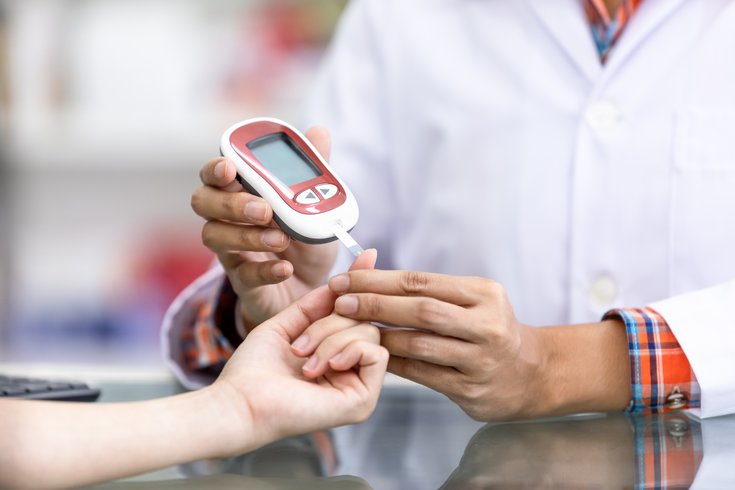
September 22, 2021
 Source/Image licensed from Ingram Image
Source/Image licensed from Ingram Image
The most common signs of type 1 diabetes include thirst, excessive urination, fatigue and weight loss.
Doctors sometimes misdiagnose type 1 diabetes in children because the symptoms are similar to those produced by a range of other illnesses.
Urinary tract infections, stomach bugs and various viral infections each have overlapping symptoms. Sometimes, a child might have a concurrent illness, like the common cold or strep throat, which can mask the symptoms of diabetes.
A new Swedish study examined 112 diabetes cases in which caregivers initially brought their children to primary care providers. In 64 cases, the doctors recognized the symptoms and promptly referred the children to a hospital. But in the other 48 cases, doctors delayed their referrals.
Type 1 diabetes is an autoimmune disease in which the immune system attacks the pancreas, affecting insulin production. It often first develops in childhood. Thirst, excessive urination, fatigue and weight loss are the most common symptoms.
In their study, the researchers surveyed caregivers who first brought ill children to primary care physicians and then took them to emergency departments within the next month. The researchers found that 39% of the caregivers suspected their children had diabetes before bringing them to the doctors.
In many of the cases, urinary glucose or blood glucose levels were not measured by the primary care provider. In cases with a delayed diagnosis, glucose testing only occurred 42% of time. And in some cases with elevated blood glucose levels confirmed, the doctors did not directly refer the child to the hospital.
The best way for parents to detect diabetes in a child is to look for four early signs, known as the four T's.
•Toilet: Excessive urination and bed wetting by a previously dry child
•Thirsty: Constantly drinking fluids
•Tired: Excessive sleepiness and lack of energy
•Thinner: Sudden unexplained weight loss
According to Endrocrineweb, other symptoms include blurry vision, irritability and mood swings and fruity breath. Stomach pain, vomiting, sleepiness and deep breathing may indicate diabetic ketoacidosis, which requires immediate emergency care.
The Swedish study, published in the journal Pediatric Diabetes, included the caregivers of 237 children and teenagers under age 19. All of them had been admitted to the hospital with new-diagnosed type 1 diabetes and diabetic ketoacidosis – a condition that results from untreated diabetes – between 2015 and 2017.
Diabetic ketoacidosis is the dangerous build-up of chemicals, called ketones, in the blood that occurs when cells become starved of blood sugar. It can cause a coma or death. The only way to prevent the condition is to initiate insulin therapy immediately, the researchers said.